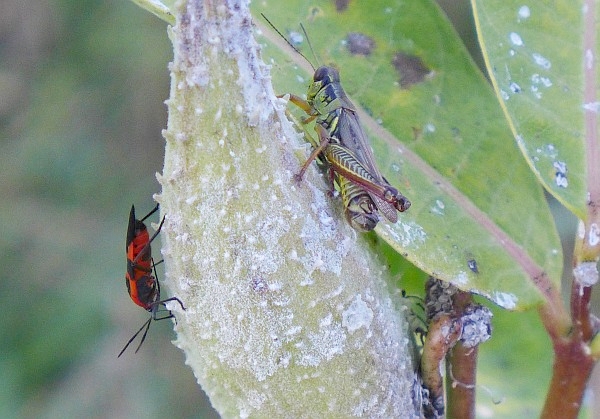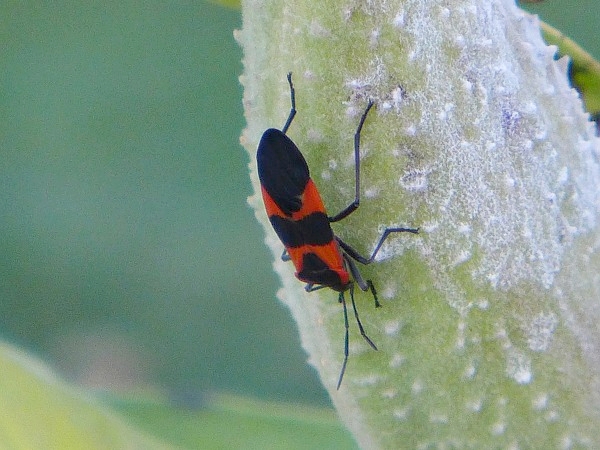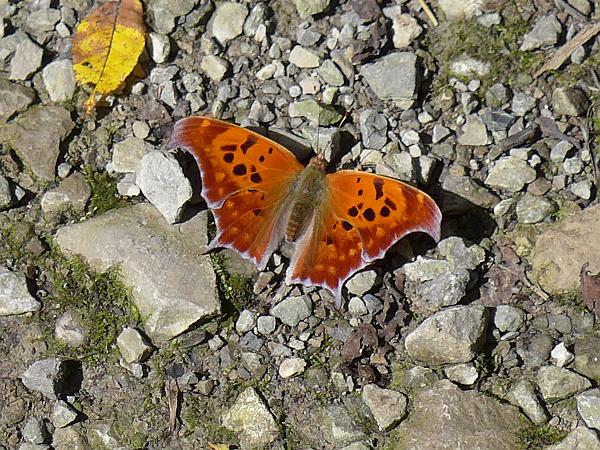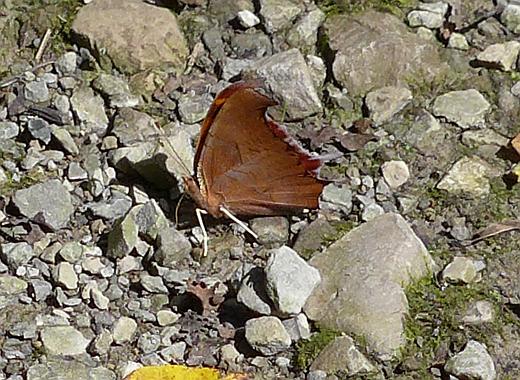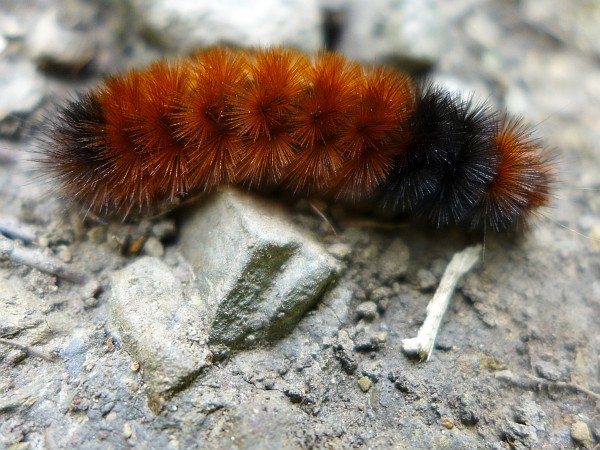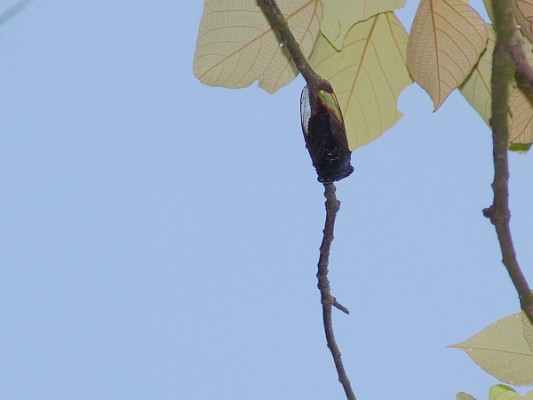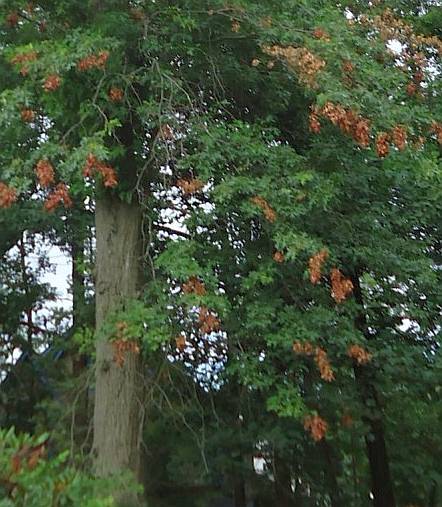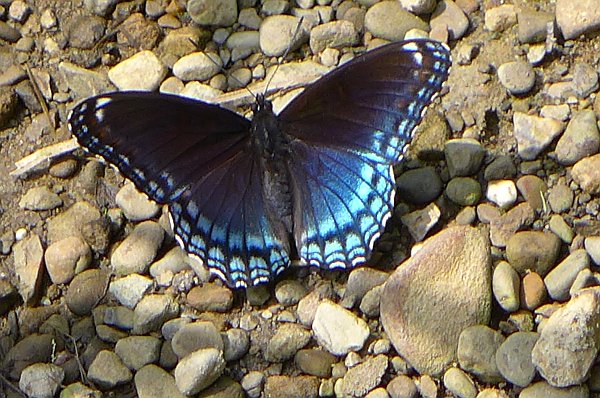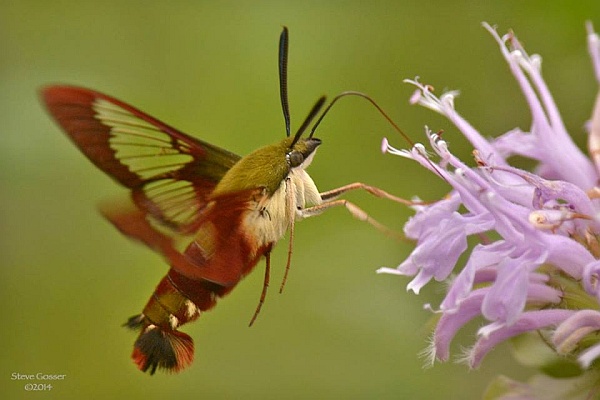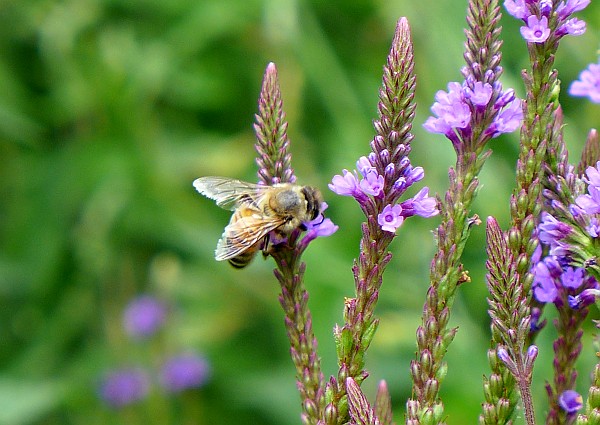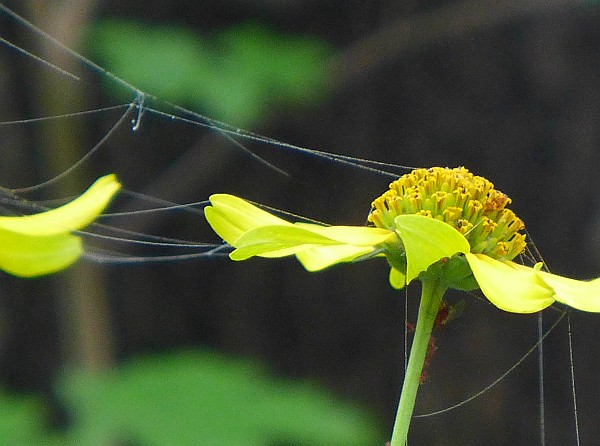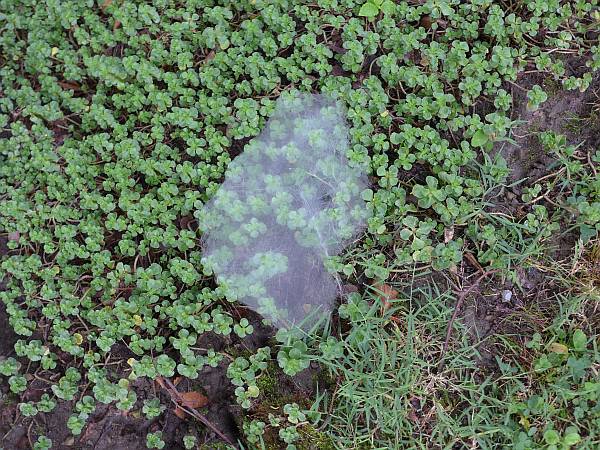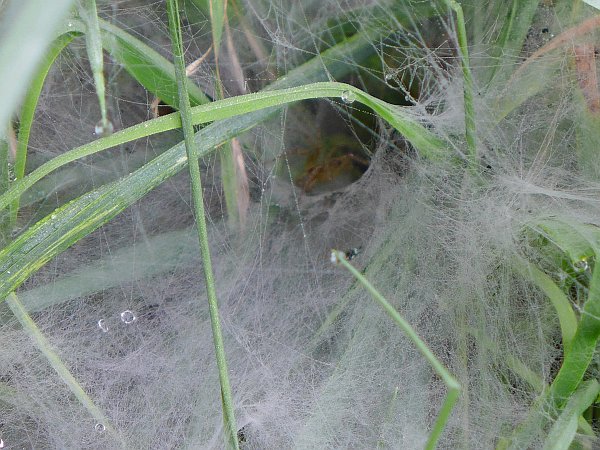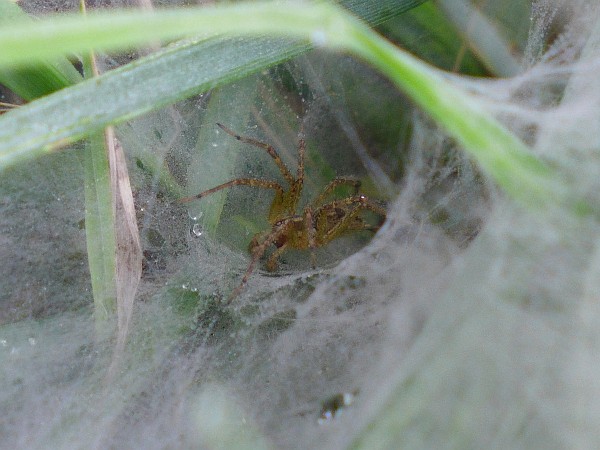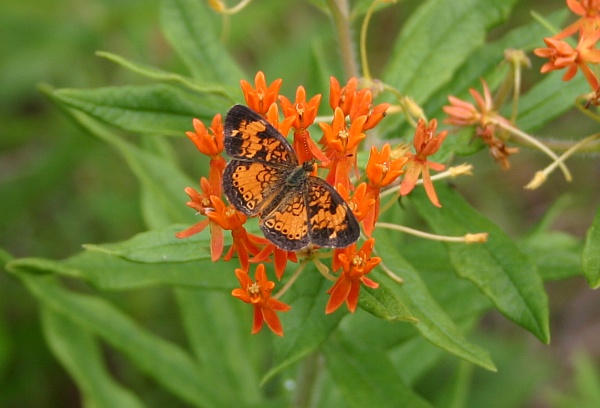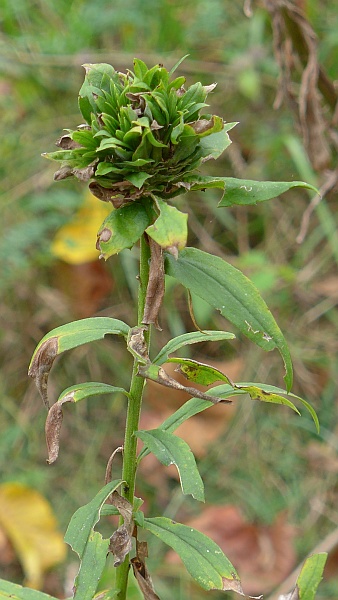
Though shaped like a green rose this knob is not a flower. It’s a goldenrod bunch gall.
A search at BugGuide.net(*) indicates:
The gall was made by a midge, Rhopalomyia solidaginis, that lays its egg at the tip of the goldenrod stem. “Its larva secretes a chemical that prevents the goldenrod stem from growing although it continues to produce leaves, thus a shortened bunch of leaves is formed.”(*)
The resulting rosette provides shelter for many insects as well as the midge.
This fall I’ve seen many bunch galls in goldenrod fields. This one was at Wingfield Pines in southern Allegheny County.
Click here to read more about the midge at BugGuide.net.
(photo by Kate St. John)
